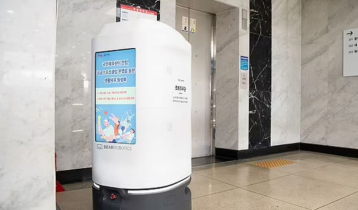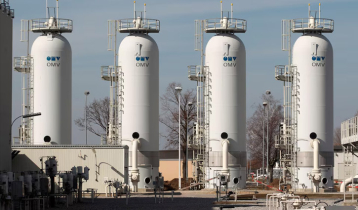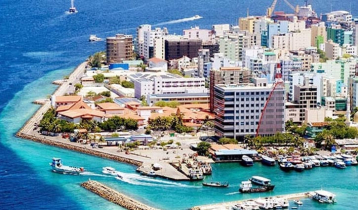Defunct China space lab comes down over South Pacific
4 || risingbd.com

Risingbd Desk: China's defunct Tiangong-1 space lab mostly broke up on re-entering the Earth's atmosphere above the South Pacific, Chinese and US reports say.
It re-entered the atmosphere around 00:15 GMT on Monday, China's Manned Space Engineering Office said.
Tiangong-1 was launched in 2011 to carry out docking and orbit experiments.
It was part of China's efforts to build a manned space station by 2022, but stopped working in March 2016.
The rather vague "above the South Pacific" is the line from space officials.
US specialists at the Joint Force Space Component Command said they had used orbit analysis technology to confirm Tiangong-1's re-entry.
Astronomer Jonathan McDowell, from the Harvard-Smithsonian Center for Astrophysics, tweeted that it appeared to have come down north-west of Tahiti.
Experts had struggled to predict exactly where the lab would make its re-entry - and China's space agency wrongly suggested it would be off Sao Paulo, Brazil, shortly before the moment came.
The European Space Agency said in advance that Tiangong-1 would probably break up over water, which covers much of the Earth's surface.
It stressed that the chances of anyone being hit by debris from the module were "10 million times smaller than the yearly chance of being hit by lightning".
It's not clear how much of the debris reached the Earth's surface intact.
Ideally, the 10m (32ft)-long Tiangong module would have been taken out of orbit in a planned manner.
Traditionally, thrusters are fired on large vehicles to drive them towards a remote zone over the Southern Ocean. This option appears not to have been available after the loss of command links.
Thirteen space agencies, under the leadership of the European Space Agency, used radar and optical observations to follow Tiangong's path around the globe.
Source: Agencies
risingbd/April 2, 2018/Mukul
risingbd.com





































